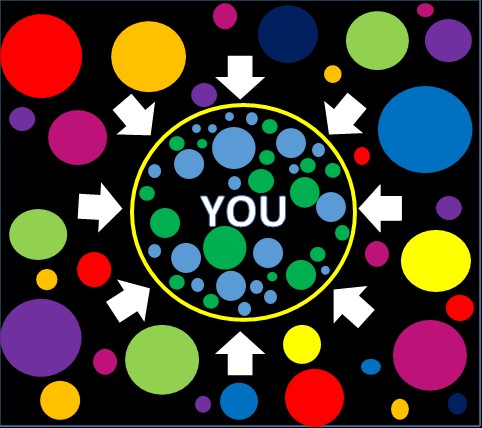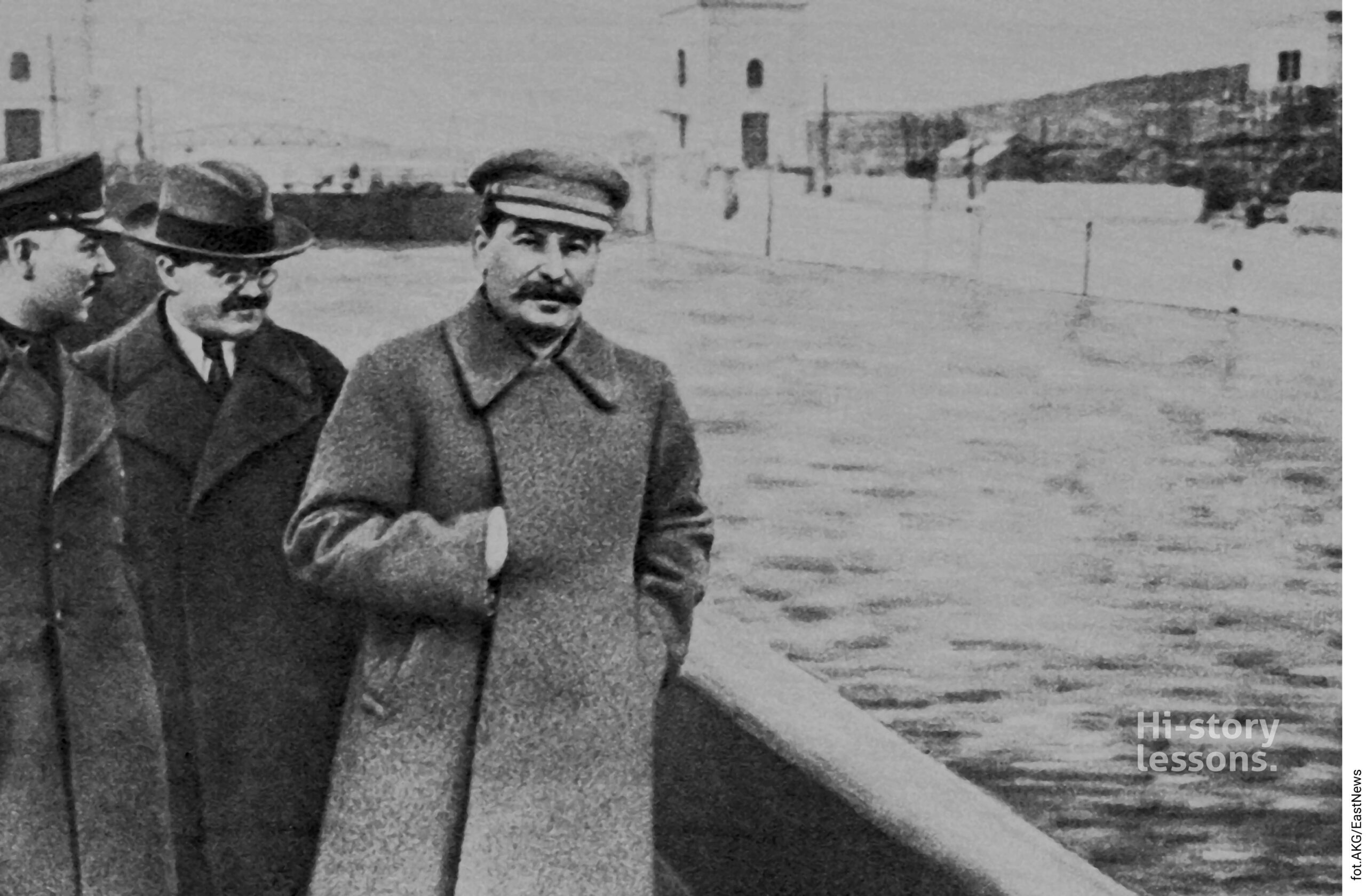Because of the spread of the internet, and social media in particular, many phenomena known for centuries have acquired a new dimension. This is also true for disinformation and the dissemination of fake news. It must be remembered, however, that disputes about the past are natural and need not be related to the use of such manipulation techniques.
Although no one called them disinformation and fake news until recently, they have been used in politics for centuries. Rumours were disseminated with the intention to discredit competitors in the fight for power; false information was employed to disorientate the enemy at times of war or provoke a conflict to benefit its creators. Over time, false documents began to be produced in order to give credibility to the information being spread. That phenomenon became common in the 20th century, and today – due to the internet and social media – it can affect each and every one of us. Anyone can fall victim to false information generated by certain countries, their special services, political groups or even individuals.

[accessed 12 March 2021].
Available on Wikipedia, the free encyclopedia:
link
What are disinformation and fake news?
Although no one called them disinformation and fake news until recently, they have been used in politics for centuries. Rumours were disseminated with the intention to discredit competitors in the fight for power; false information was employed to disorientate the enemy at times of war or provoke a conflict to benefit its creators.
“One of the most effective methods of manipulation is to use true information, documents, photographs, films and statements made by recognizable people”.
Although no one called them disinformation and fake news until recently, they have been used in politics for centuries. Rumours were disseminated with the intention to discredit competitors in the fight for power; false information was employed to disorientate the enemy at times of war or provoke a conflict to benefit its creators.
Although no one called them disinformation and fake news until recently, they have been used in politics for centuries. Rumours were disseminated with the intention to discredit competitors in the fight for power; false information was employed to disorientate the enemy at times of war or provoke a conflict to benefit its creators.
Although no one called them disinformation and fake news until recently, they have been used in politics for centuries. Rumours were disseminated with the intention to discredit competitors in the fight for power; false information was employed to disorientate the enemy at times of war or provoke a conflict to benefit its creators.
Although no one called them disinformation and fake news until recently, they have been used in politics for centuries. Rumours were disseminated with the intention to discredit competitors in the fight for power; false information was employed to disorientate the enemy at times of war or provoke a conflict to benefit its creators.
Although no one called them disinformation and fake news until recently, they have been used in politics for centuries. Rumours were disseminated with the intention to discredit competitors in the fight for power; false information was employed to disorientate the enemy at times of war or provoke a conflict to benefit its creators.
- Although no one called them disinformation and fake news until recently, they have been used in politics for centuries.
- Rumours were disseminated with the intention to discredit competitors in the fight for power; false information was employed to disorientate the enemy at times of war or provoke a conflict to benefit its creators.
- Over time, false documents began to be produced in order to give credibility to the information being spread.
Although no one called them disinformation and fake news until recently, they have been used in politics for centuries. Rumours were disseminated with the intention to discredit competitors in the fight for power; false information was employed to disorientate the enemy at times of war or provoke a conflict to benefit its creators.
- Although no one called them disinformation and fake news until recently, they have been used in politics for centuries.
- Rumours were disseminated with the intention to discredit competitors in the fight for power; false information was employed to disorientate the enemy at times of war or provoke a conflict to benefit its creators.
- Over time, false documents began to be produced in order to give credibility to the information being spread.





